Study, work or travel in the UK. British
culture and life.


Guide to sightseeing boat cruises on the River Thames
in London
|
|
Study, work or travel in the UK. British
culture and life.
|
|
||
|
|
|
|
||
 |
||||
 |
||||
|
Guide to sightseeing boat cruises on the River Thames
in London
|
||||
|
Sections:
|
Introduction | |
| Westminster Bridge area | ||
| Hungerford Bridge area | ||
| Waterloo Bridge area | ||
| Blackfriars Bridge area | ||
| Millennium Footbridge area | ||
| London Bridge area | ||
| Tower Bridge area | ||
| Docklands | ||
| Links |
|
INTRODUCTION
|
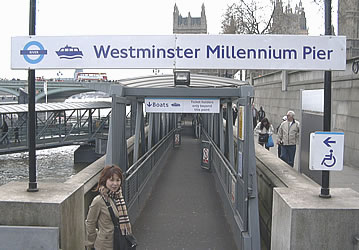 City Cruises start from Westminster Millennium Pier, near Westminster Bridge |
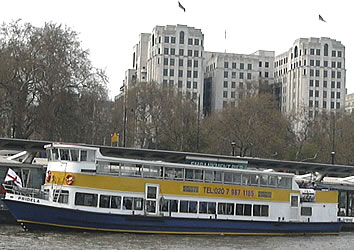 Embankment Pier - from here are point-to-point cruises to Waterloo, Bankside, Tower and Greenwich piers |
|
WESTMINSTER BRIDGE AREA
|
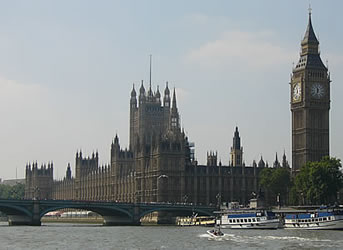 Westminster Bridge and the Houses of Parliament (north bank) |
|
HUNGERFORD BRIDGE AREA
|
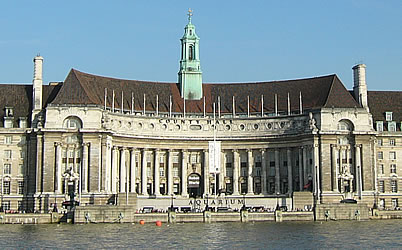 County Hall (south bank) |
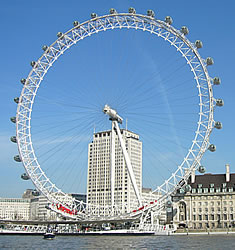 The London Eye (south bank) |
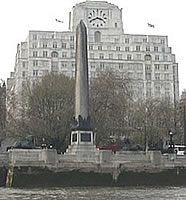 Cleopatra's Needle / Savoy Hotel (north bank) |
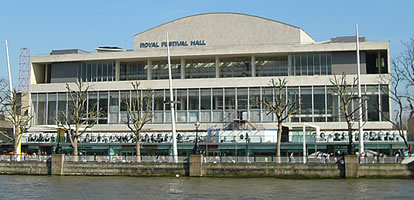 Royal Festival Hall (south bank) |
|
WATERLOO BRIDGE AREA
|
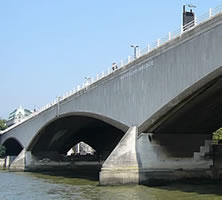 Waterloo Bridge |
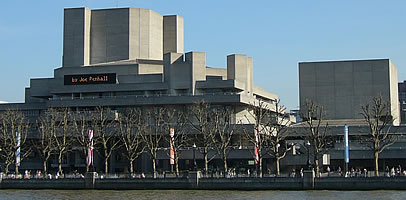 National Theatre (south bank) |
|
BLACKFRIARS BRIDGE AREA
|
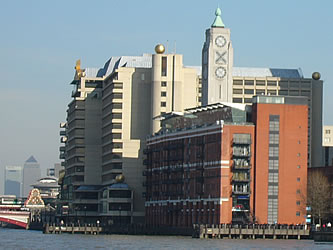 The Oxo Tower (south bank) |
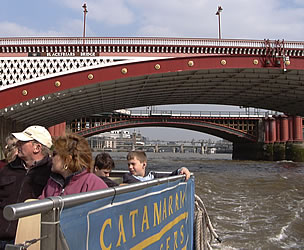 Blackfriars Bridge (road and railway bridges) |
|
MILLENNIUM FOOTBRIDGE / SOUTHWARK BRIDGE AREA
|
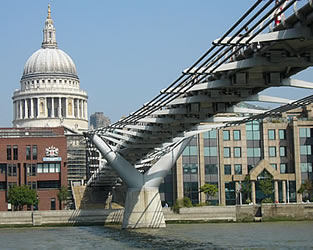 The Millennium Footbridge and St Paul's Cathedral (north bank) |
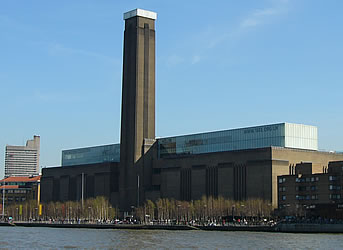 The Tate Modern art gallery (south bank) |
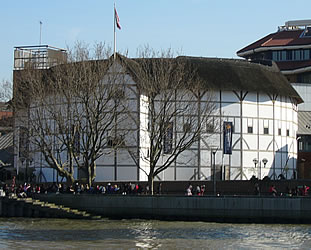 Globe Theatre (south bank) |
|
LONDON BRIDGE AREA
|
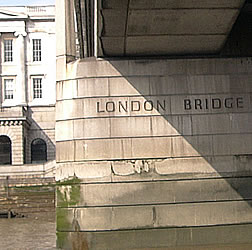 London Bridge |
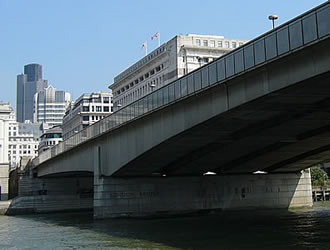 ... is the place where the Romans built the first bridge |
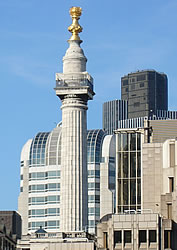 Monument (north bank) |
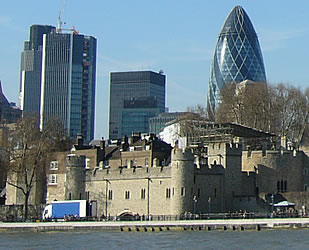 Tower 42 (left) and Swiss Re Tower (right) (north bank) |
|
TOWER BRIDGE AREA
|
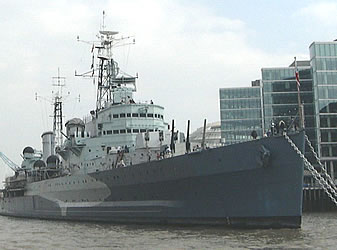 HMS Belfast (visitors board from the south bank) |
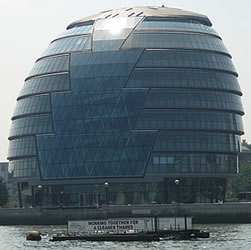 City Hall (south bank) |
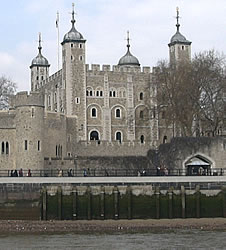 The Tower of London (north bank) |
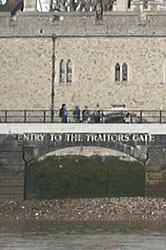 Traitors' Gate (north bank) |
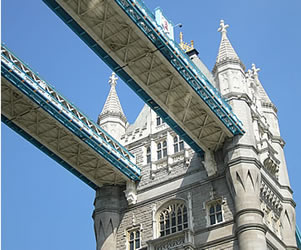 Passing under Tower Bridge |
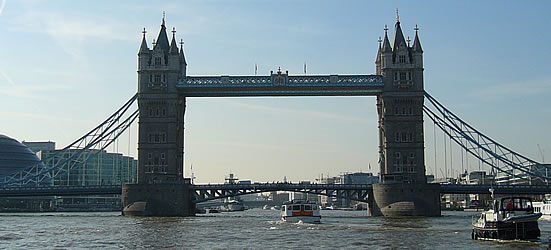 Tower Bridge (view from the east) |
|
DOCKLANDS
|
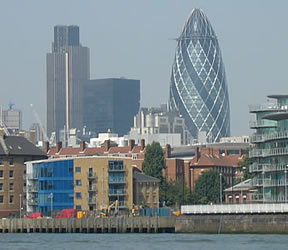 The Square Mile (north bank) |
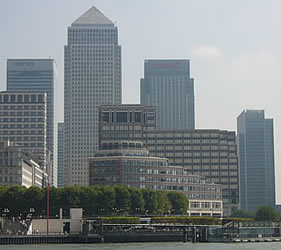 Canary Wharf, on the Isle of Dogs (north bank) |
|
FURTHER INFORMATION
|
|
|
|